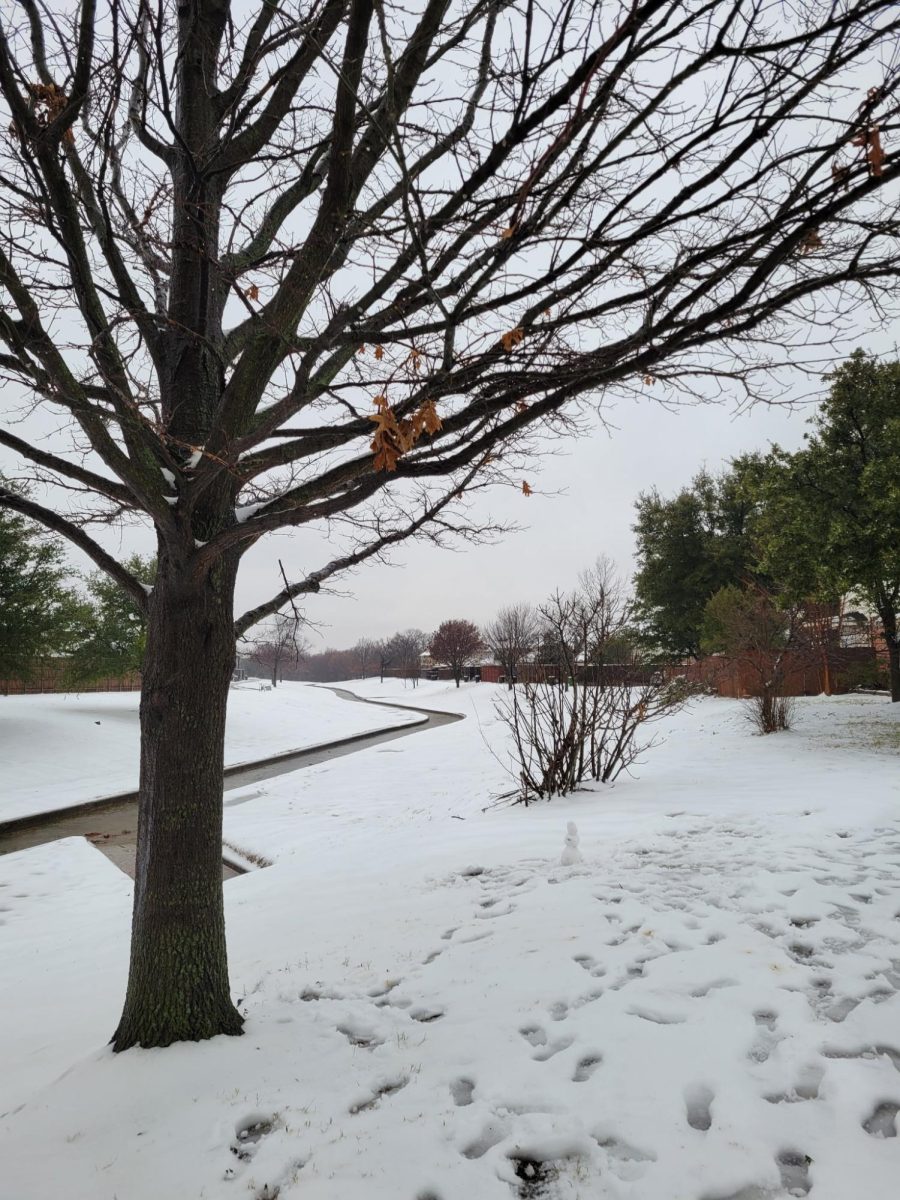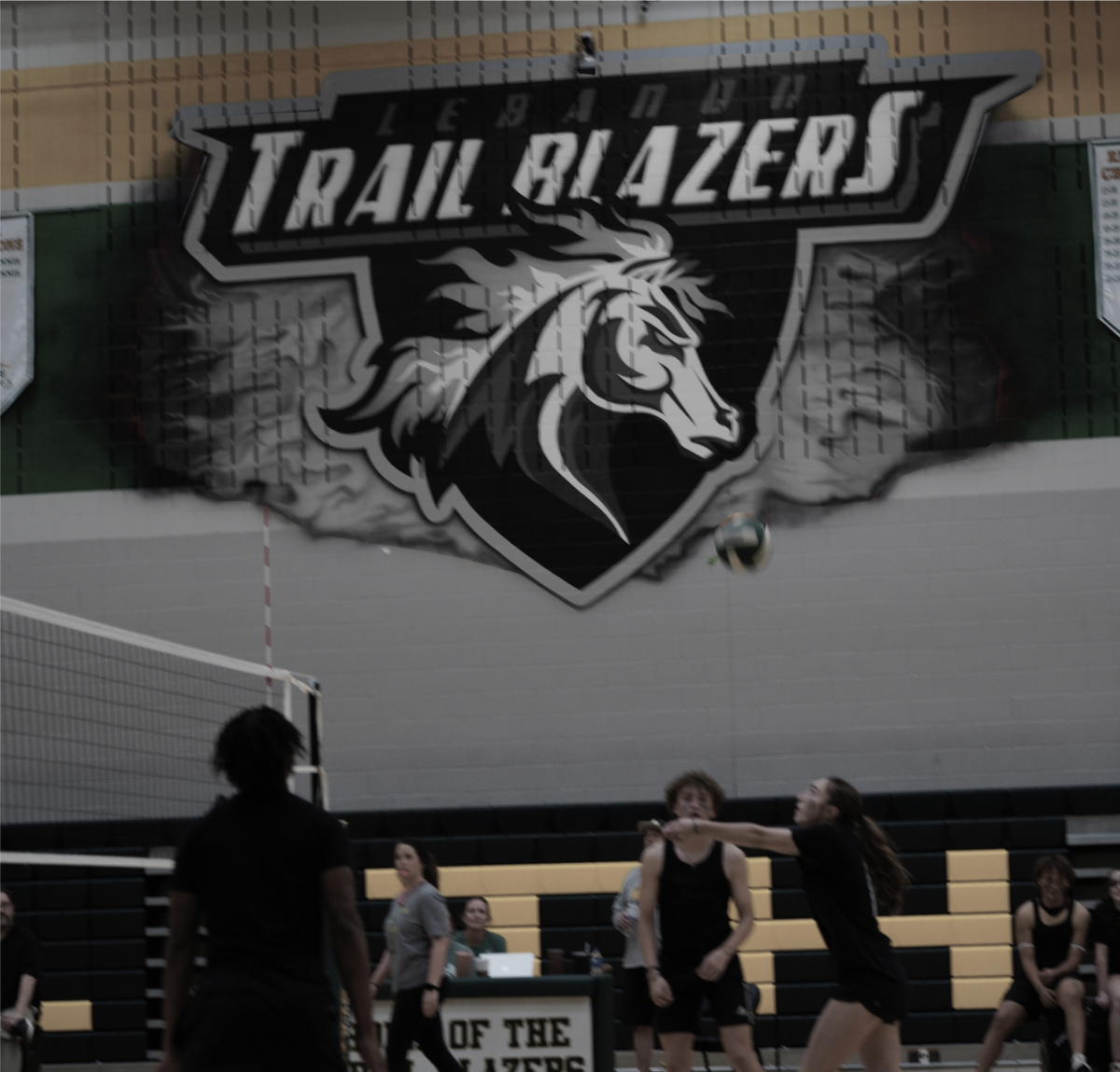Texas is a state renowned for it’s sweltering summers and it rarely faces the cruel winters that seem to plague the northern states in the U.S. However, with each passing year, the state finds itself increasingly unprepared for the occasional snowstorms and freezing temperatures that disrupt daily life. In 2021, winter storms in Texas reached an unreachable high and caused blackouts for over 5.2 million homes in the United States, majority of which were rooted in Texas. The storms that have made their way over to Texas reveal a variety of issues, with a glaring lack of infrastructure and resources to effectively combat the effects of a snow day. This deficiency poses serious challenges for residents, schools, and businesses alike, highlighting a critical vulnerability in the face of a rapidly changing climate.
Snowstorms in Texas are not the norm, and that’s part of the problem. With the threat of climate change breathing down our necks, proper equipment and infrastructure are essential to mitigating the situation. Cities like Houston, Austin, and Dallas have invested little in the necessary tools to manage snow and ice accumulation, resulting in gridlocked highways, treacherous streets, and an overwhelming burden on local governments that lack the resources to respond quickly.
This issue isn’t simply a matter of inconvenience, it’s about safety too. When snow and ice coat and cause roads to freeze over: accidents spike. Schools and businesses shut down, and essential services like healthcare and food delivery become disrupted. If we could avoid the negligence involved in the lack of precautions for safety during snow days, it would be life-changing.
In some cases, power outages during winter storms can leave communities without heat for days, exposing the most vulnerable populations, such as the elderly and low-income families, to life-threatening conditions.
Texas needs to invest in infrastructure that can withstand the realities of a changing climate. Snowplows and salt trucks aren’t the only pieces of equipment required. State and local governments must prioritize the building of reliable power grids, winterized water pipes, and backup emergency systems. Public transportation systems, too, need to be equipped to handle snow and ice, ensuring that Texans can still get to work, school, and essential services even in adverse conditions.
Moreover, municipalities need to reconsider how they build and maintain roads, sidewalks, and bridges. Upgrading roads to better withstand freezing conditions—through measures like improved drainage systems, safer materials, and regular de-icing treatment like salts—is a necessary step toward keeping the state functioning during winter weather events.
Local schools also need to implement better systems for dealing with snow days. In 2021, many school districts were forced to extend the academic year to make up for missed days. The absence of snow removal systems and clear weather protocols made it harder for districts to reopen quickly. This will push academic calendars forward and hinder essential student progress. Remote learning, though a temporary solution, can only do so much. Long-term strategies, like school buildings that are better insulated or more readily accessible transportation options for students, would help decrease the negative effects of snow and ice on education.
Texas may not traditionally be a “snow state,” but climate change is happening fast. The infrequent snowstorms of the past have become a harbinger of more frequent and severe weather events to come. To safeguard the lives and livelihoods of its residents, the state must invest in infrastructure that can handle these inconveniences, which are getting increasingly strong per year. From snowplows and salt trucks to reliable power grids and insulated schools, Texas needs to prepare for a winter weather future that, unfortunately, is only likely to grow more frigid and extreme. The time to act is now.









